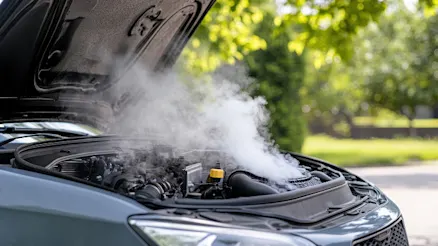
What to do when your car overheats
Car overheating? Learn why it happens, what to do (and avoid), and follow our step-by-step guide to stay safe and prevent engine damage.

Car overheating? Learn why it happens, what to do (and avoid), and follow our step-by-step guide to stay safe and prevent engine damage.

Discover what wear and tear means for your car, with key examples like tyre wear, brake wear, and paint fading. Learn how to minimise wear and keep your car in top condition.
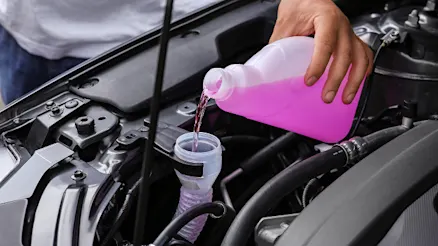
Stay safe on the road with these essential monthly car maintenance checks. From engine oil to tyre pressure, learn how to keep your car running smoothly and avoid costly repairs.
Knowing how to jump start your car is a useful life skill that can get you out of a tight spot when your battery unexpectedly dies. The good news is that jump starting your car is a quick and easy process that can get you back on the road quickly. In this guide, Carma Mechanical Lead James Weaver is here to walk you through the steps to safely jump start your car with either a jump pack or with a second working car.
A flat battery can happen to anyone, for a multitude of reasons. “So you might end up with a flat battery for a number of reasons,” says James, “it could be due to battery age, you could have left your lights on or it could be due to really bad weather conditions like you're down in the snow.”
Jump packs are essentially a portable battery that can be used to jump start a car conveniently. They work by using a special high-current lithium-ion battery to provide enough power to start your car. These jump starter packs are rechargeable and can typically jump start multiple cars on one charge. Some newer models can even act as a power bank to charge and power your devices, so they’re pretty handy to keep in your car in case of emergencies.
If you are using another car to jump start your vehicle, make sure the cars are close enough so your jump has enough reach. Position the second car in front of your car, making sure the lights are on so it’s visible to others.
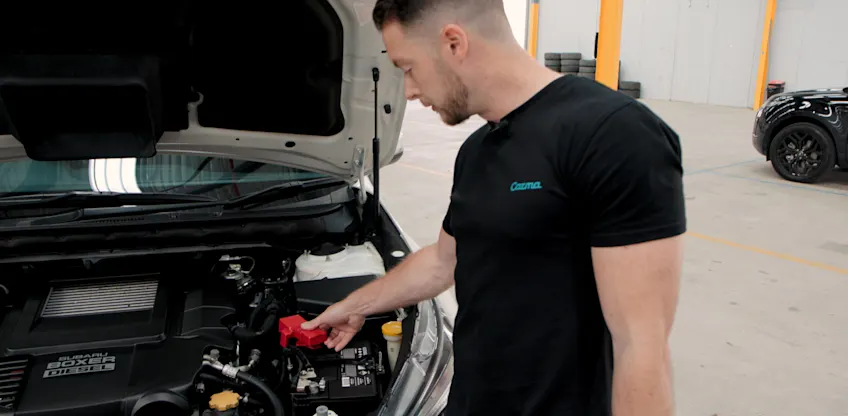
Pop the bonnet and find your battery in the engine bay, then identify the positive (+) and negative (-) terminals. Positive terminals will always be red, and black for negative.
If you notice any fluid leaking or corrosion on the battery, you’ll be safer calling roadside assistance than risking further damage or hurting yourself.
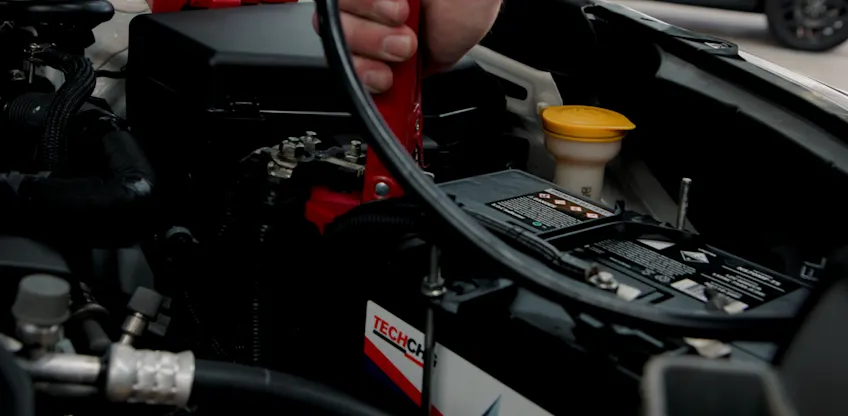
First, attach one end of the positive (red) jumper cable to the positive terminal of the dead battery. Next, attach the other end of the red cable to the positive terminal of the working battery.
Clamp the negative end of the working battery with a negative (black) cable and attach the other end to a solid metal part of the engine as an earth point. This grounds the cable and prevents any sparks from happening. Do not connect it to the negative terminal of the dead battery.
If you’re using a jump pack, simply clamp the positive cable to the positive terminal and negative cable to negative terminal.
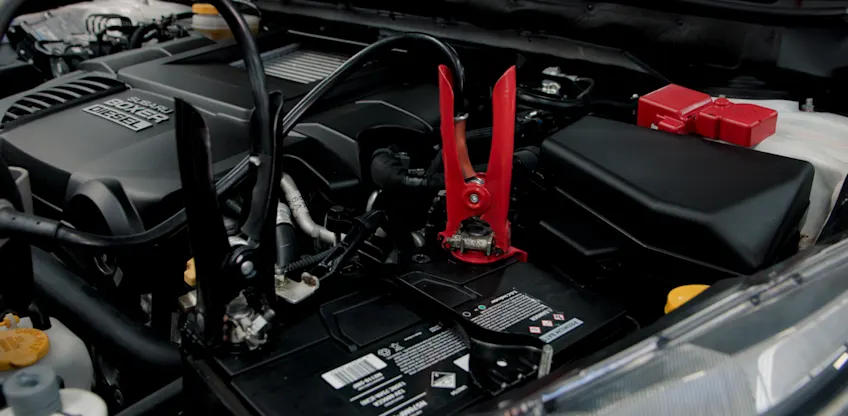
Start the working car and let it run for a few seconds to charge your dead battery, then start your car. Once it starts, let it run for a few minutes to charge the battery further.
If your car doesn't start, wait a few more minutes and try again. If it still doesn't start, it may be time to call roadside assistance to replace your battery.
Now that the car is ready to get back on the road, we can disconnect the cables and pack up. This needs to be done in the reverse order of how you attached them, disconnecting the grounded black cable first, then from the working car’s battery, the red cable from your car, and finally the red cable from the working car’s battery.
For the jump pack, disconnect the black cable first then the red one. Close the bonnet, pack up your cables and you’re ready to go!